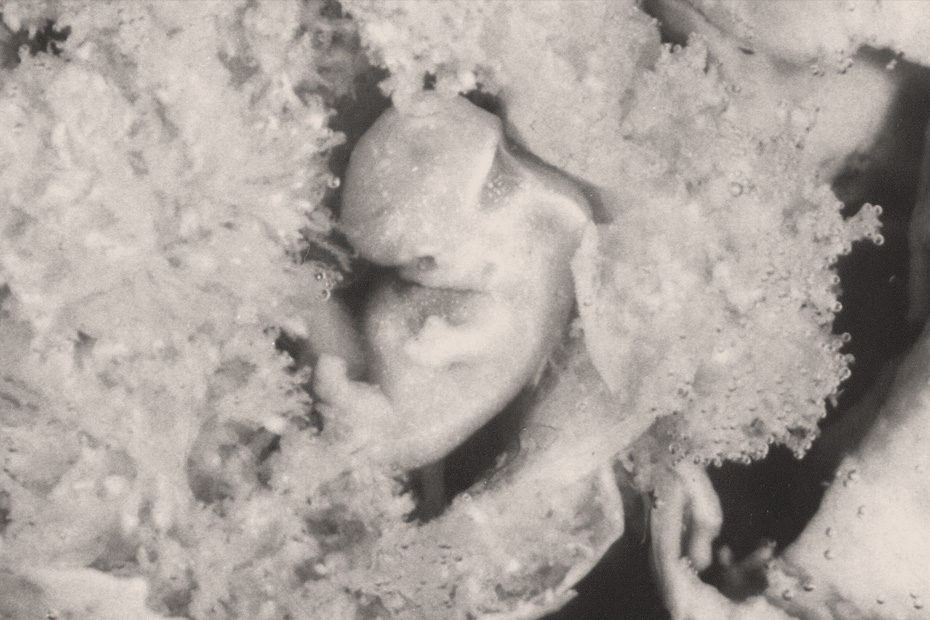By Judie Brown
The traditional phrase “from conception to natural death,” which describes the creative power of God and is most commonly seen in Catholic Church documents, has become troublesome.
The problem is not that the phrase is wrong if one thinks with the mind of the Church; the problem is that it does not embrace the cultural shift away from God’s power over life and death that has occurred in the last hundred years or more.
Politics and science
In current political and quasi-philosophical arguments, “conception” has been redefined to mean fertilization, in the womb, or implantation. Defining life as beginning at implantation is a dangerous step in logic because a human being is formed many days before he attaches to the womb of the mother.
In Catholic teaching, the word “conception” carries a beautiful meaning. For example, the term “Immaculate Conception” applies to the state of Mary’s soul when she came into existence and is therefore not to be confused with the term “conception” as used by politicians and abortion advocates.
While the Church continues to use the word, today we realize scientifically and otherwise that the term “conception” is lacking in worldly matters as it does not take into account the children who are naturally created asexually (as with identical twins) or scientifically created asexually (as with artificial reproductive technologies such as in vitro fertilization).
Protecting all human beings
Our use of the word “creation,” which means biological beginning/conception/fertilization, is a more precise term that takes into account all human beings regardless of how they came into existence. No human person should be denied the right to life based on how the beginning of his life is defined.
The term “natural death” poses another set of problems. Professor Dianne Irving has examined the question and explains, among other things, that legally, since the courts must interpret formal legal definitions as “exclusionary,” the phrase “until natural death” is also deadly. It isn’t even logical. If we are only supposed to respect the lives of human beings who die “naturally,” then legally that does not apply to any human beings who die “unnaturally”—such as those human beings who are murdered, killed in car accidents or war, die of cancer or other terrible diseases, etc.
In fact, how many human beings that you know of actually die a “natural death”? Nor would that phrase include any living human embryos killed in abortions, destructive research, etc.—either sexually or asexually reproduced.
Further, in recent times we have witnessed proponents of euthanasia using the term “natural death.” For them the term has come to mean a lot of things that actually are not in conformity with Catholic teaching regarding the manner in which God deigns to take one of His children home when physical death of the body occurs.
Among those abusing the term “natural death” are end-of-life and palliative care providers and those in healthcare who use the “allow natural death” (AND) protocol. This protocol is often defined as end-of-life “care” meaning “do not resuscitate” and “do not intubate.”
The problem is that such practices negate doing anything, including providing comfort care to a patient deemed to be facing imminent death or diagnosed as brain dead. Terri Schiavo was one such person, and her death was hideous.
According to AND definitions, no intubation would be allowed, which means that even if a ventilator might make a patient more comfortable while he is dying, or if a feeding tube would increase his comfort level while he is dying, neither would be permitted. For these reasons we do not use the term natural death.
Words matter. As parents and educators, we are charged with the difficult task of preparing our students to defend the lives of the preborn, the weak, and the terminally ill. The more we use life-affirming terminology in front of our students, the more we can train them to be effective communicators of the culture of life.
